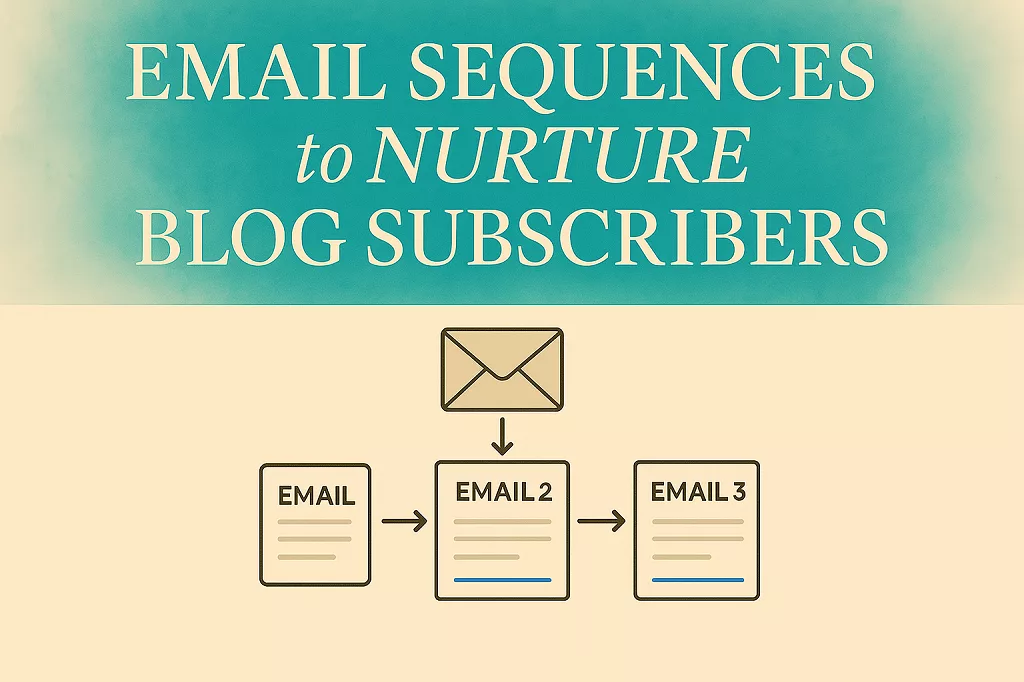
Using Schema Markup for Blog SEO

Introduction to Schema Markup for Blog SEO
Schema markup is an essential technique used to enhance the way search engines understand the data on your website. This tool allows you to specify the type of content you have on your blog, making it easier for search engines like Google to understand and index your articles. As such, it plays a critical role in improving your blog’s search engine optimization (SEO) efforts.
What Is Schema Markup and How Does It Help Blog SEO?
Schema markup is a microdata-based language used to annotate HTML elements with specific data types, like “BlogPosting” for your blog’s content. This markup helps search engines better understand the content of your website, which in turn helps to improve your search rankings.
When you use schema markup on your blog posts, you signal to Google and other search engines that you are providing them with structured data about your content. This structured data can be used to improve the snippets you see in search engine results pages (SERPs). For example, by using schema markup for your blog, you can display rich snippets like featured images and summary text, giving your content more visibility and potentially leading to increased click-through rates.
Implementing Schema Markup for Blog Posts
To implement schema markup for your blog, you’ll first need to decide which elements to markup. For blog posts, the “BlogPosting” type is typically the most relevant. Below, we’ve outlined the specific markup tags you should use for a blog post.
BlogPost Schema Markup Tags
1. @type: This tag specifies the data type for the markup, which is “BlogPosting” for your blog.
“`html<p>2. <strong>@id</strong>: This tag provides a unique identifier for the article, typically the URL.</p> <p>“`html<br> id=”https://www.example.com/best-tips-for-blogging-seo”<br>
3. @name: This tag specifies the name of your blog post.
“`html
name=”Best Tips for Blog SEO”
<p>4. <strong>@date</strong>: This tag specifies the date of the article.</p>
<p>```html<br>
date="2022-04-28"<br>5. @author: This tag specifies the author of the blog post.
“`html
author=”SEO Blogger”
<p>6. <strong>@publisher</strong>: This tag specifies the publisher of the blog post.</p>
<p>```html<br>
publisher="SEO Blogger"<br>7. @image: This tag specifies the featured image for the blog post.
“`html
image=”https://www.example.com/best-tips-for-blogging-seo-image.jpg”
<p>8. <strong>@description</strong>: This tag specifies a brief description of your blog post.</p>
<p>```html<br>
description="Learn the top tips to optimize your blog for SEO."<br>By using these schema markup tags, you can provide search engines with the information they need to better understand and index your blog content.
Advantages of Using Schema Markup for Blog SEO
Using schema markup for blog SEO provides several benefits, including:
1. More visible search results: By providing search engines with structured data, you can increase the visibility of your blog posts in SERPs, leading to more clicks.
2. Improved click-through rates: Rich snippets, such as featured images and summaries, can help improve the click-through rates of your blog posts, leading to more traffic and potential customers.
3. Better user experience: Schema markup helps to create a better user experience by making it easier for users to understand your content.
Conclusion
Schema markup is an essential tool for improving the SEO of your blog. By using schema markup tags for blog posts, you can provide search engines with structured data about your content, leading to more visible search results and potentially increased click-through rates. By implementing these schema markup tags, you can take an important step towards optimizing your blog for search engines and improving your overall SEO efforts.
You May Also Like

Creating Engaging Content with AI Tools
June 2, 2025
Email Sequences to Nurture Blog Subscribers
June 9, 2025


